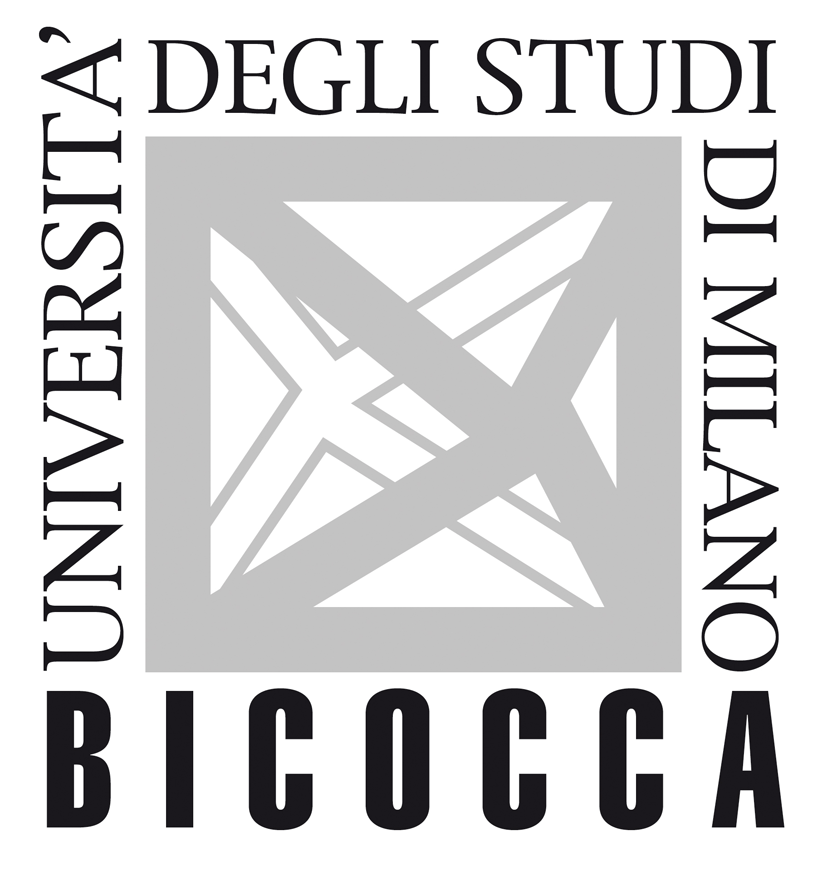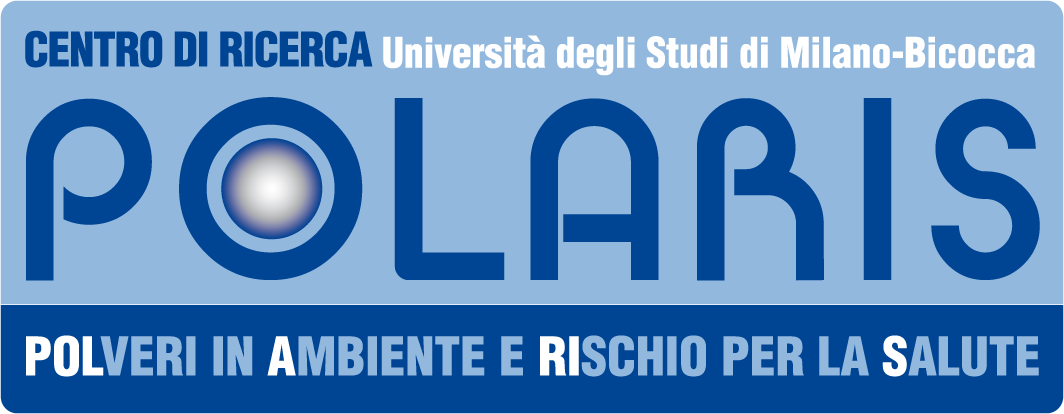SMART CITIES PROJECT ‘Swarm-NET‘, for the INTELLIGENT MANAGEMENT OF WATER RESOURCES
POLARIS Centre, in collaboration with Metropolitana Milanese SpA, is team leader in the SWARM–NET- Smart Water Resource Management project.
The project derived from the aggregation of two programme ideas (the SCN_00198 programme and the SCN_00173 programme)and includes the following institutions:
1 CNR – National Research Council
2 Metropolitana Milanese S.p.A.
3 Vitrociset S.p.A.
4 Telecom Italy S.p.A.
5 University of Brescia
6 Politecnico of Milan
7 University of Milan Bicocca
8 Swarm-Net-ATI composed by: Omnitech Ltd, DEGREMONT SpA, Sitael SpA, BRIANZACQUE srl, srl ETG, LAVsrl, SIT srl, SYSTEA SpA
The project was judged first in the evaluation of the Ministry of Education in the “water resources management” scope with a score of 94/100.
The main activities will be:
- Enhancement of the thermal properties of water with the implementation of evaluation models on thermal exchanges and the construction and the installation of innovative prototypes machines for thermal water enhancement;
- Monitoring of discharges into the sewer system to optimize the biological purification’s processes and the reuse of agricultural nutrients through the implementation of a wastewater monitoring system and an on-line control. Wireless sensors to monitoring the status of municipal wastewater collectors. New technology and management methods for the sewer system to ensure a more regular treatment for solid flow and optimize the treatment processes management. The purification processes (water line and sludge line) designed to maximize nutrients recovery.
- The Bicocca University activities will cover the assessment of the entire project in terms of environmental, economic and social impacts. In particular, POLARIS will apply the LCA methodology (Life Cycle Assessment) and the CF (Carbon Footprint) to assess the environmental footprint of the processes managed by Metropolitana Milanese. LCA will evaluate: the reduction/control of the groundwater pollution; the avoidance action in groundwater drinking water to limiting the risks of a depletion of the same; the recovery of nutrients (derived from food) collected by the sewerage and concentrated in the biological sludge in the treatment plants, for their recycling in agriculture. Carbon Footprint will be calculated for emissions potentially avoided through the provision of the city of a source of supply of heat and air conditioning in summer with “green” energy and also for emissions potentially avoided by reducing the use of fossil fuels.
Info available also on the University website (link)




